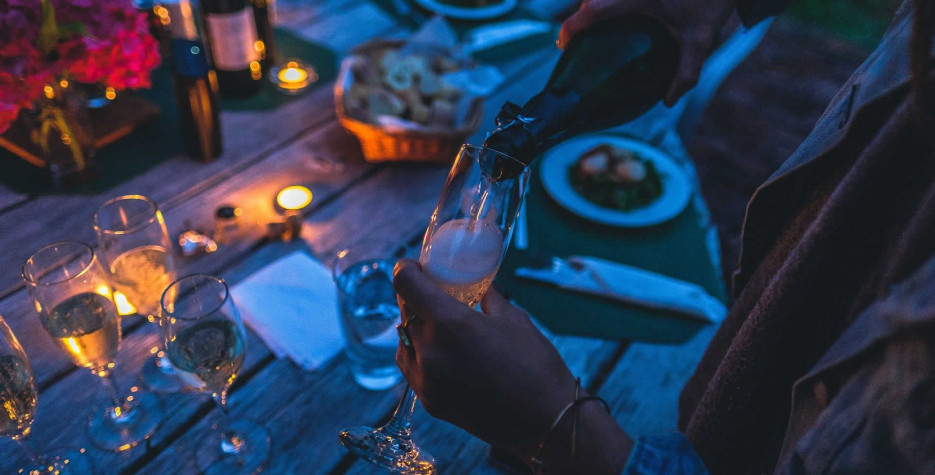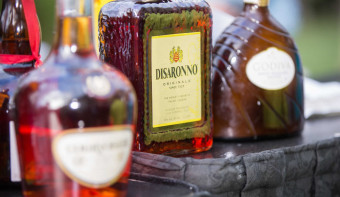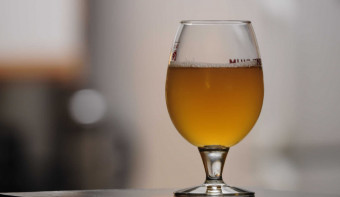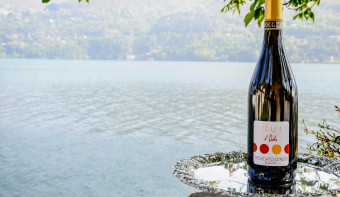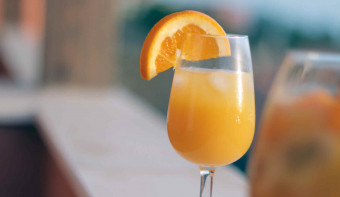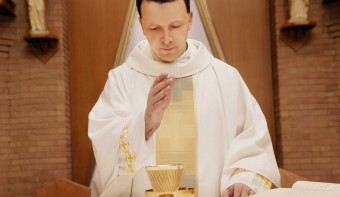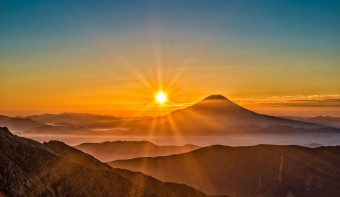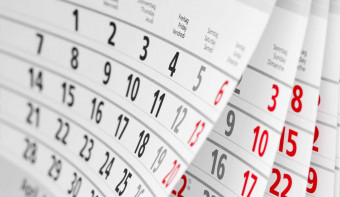About National Champagne Day
Celebrating National Champagne Day: A Toast to December 31st
As the year draws to a close, December 31st marks a jubilant occasion for champagne enthusiasts worldwide – National Champagne Day. This effervescent celebration falls on the final day of the year, perfectly aligning with the festivities of bidding farewell to the old and welcoming the new.
Champagne, renowned for its bubbly effervescence and association with celebrations, holds a special place in the hearts of people around the globe. Its rich history, exquisite taste, and symbolic significance have made it an integral part of commemorating significant moments, none more so than New Year's Eve.
Origins of National Champagne Day
The origins of National Champagne Day trace back to the centuries-old tradition of toasting with this sparkling wine. Rooted in the Champagne region of France, this iconic beverage gained worldwide recognition for its unique production process involving secondary fermentation in the bottle, resulting in its signature fizz and distinctive taste.
December 31st serves as the ideal day to honor and indulge in the luxurious allure of champagne. As people prepare to welcome the New Year, the effervescence of this celebratory drink embodies the spirit of joy, optimism, and festivity.
The celebration of National Champagne Day transcends mere appreciation for the beverage's exquisite taste; it encapsulates the essence of life's special moments. From intimate gatherings to grand soirées, champagne adds a touch of elegance and extravagance to celebrations, elevating the mood and creating lasting memories.
Moreover, the pop of a champagne cork signifies the exuberance of new beginnings. As the clock strikes midnight, glasses clink, and effervescent bubbles rise, echoing the collective hope and excitement for the opportunities that the New Year holds.
In the mid-2000s, National Champagne Day was first mentioned in a handful of novels, long before it became a trending topic on social media platforms. In 2007, August 4th was observed in the books “Practically Useless Information on Food” and “Drink Wine Enthusiast”.
In recent years, the celebration of National Champagne Day has expanded beyond traditional customs. Social media platforms buzz with hashtags like #NationalChampagneDay and #PopFizzClink, with users sharing photos and videos of their festive toasts, sparkling flutes, and glittering celebrations.
Bars, restaurants, and venues around the world curate special champagne-themed events, offering diverse selections of this sparkling elixir. Champagne tastings, paired menus, and themed parties invite enthusiasts to savor the nuances of various champagne varieties while reveling in the joyous atmosphere.
Additionally, champagne brands often release limited-edition bottles or unique blends, further adding to the excitement and allure of the celebration. These exclusive offerings become coveted treasures for collectors and connoisseurs alike, enhancing the experience of National Champagne Day.
In essence, National Champagne Day on December 31st transcends its role as a mere day of observance; it represents a global celebration of life, joy, and anticipation. Whether enjoyed in intimate settings or amid grand festivities, champagne serves as a sparkling ambassador of celebration and optimism, making it the perfect companion for bidding adieu to the old year and welcoming the new with open arms and effervescent cheer.
What is Champagne?
Champagne is a sparkling wine renowned for its effervescence, exquisite taste, and association with celebrations and special occasions. It originates from the Champagne region in northeastern France and is produced using specific winemaking methods that distinguish it from other sparkling wines.
Key characteristics of Champagne:
Production Method: The traditional method, also known as méthode champenoise or méthode traditionnelle, involves a complex process. It begins with the creation of a base wine followed by a secondary fermentation that occurs inside the bottle. This fermentation creates the bubbles (carbonation) that give champagne its characteristic fizziness.
Grapes: Champagne is typically made from a blend of Chardonnay, Pinot Noir, and Pinot Meunier grapes. There are various styles of champagne, including Blanc de Blancs (made exclusively from Chardonnay), Blanc de Noirs (made from red grapes Pinot Noir and Pinot Meunier), and Rosé champagne (obtained through a short maceration of red grape skins with white juice).
Taste Profile: Champagne offers a diverse range of flavors, which can include notes of citrus, apple, pear, toast, almond, and sometimes even hints of yeast or brioche. The taste can vary based on the specific blend, aging process, and the winemaking techniques used by different champagne houses.
Categories: Champagnes are often classified into different styles such as Non-Vintage (NV), Vintage, Prestige Cuvées, and Demi-Sec (sweet) or Brut (dry) based on the sugar content.
Popularity: Champagne has gained global recognition as a symbol of luxury, celebration, and refinement. It is a popular choice for toasts at weddings, New Year's Eve celebrations, milestones, and various festivities worldwide.
Champagne's reputation for quality and exclusivity is protected by stringent regulations set by the Comité Champagne, ensuring that only wines produced within the Champagne region of France and adhering to specific criteria can bear the prestigious label of "Champagne."
Find out moreSimilar Observances
National Mimosa Day
Read More
Other Observances on December 31st 2025
New Year's Eve
Read More


